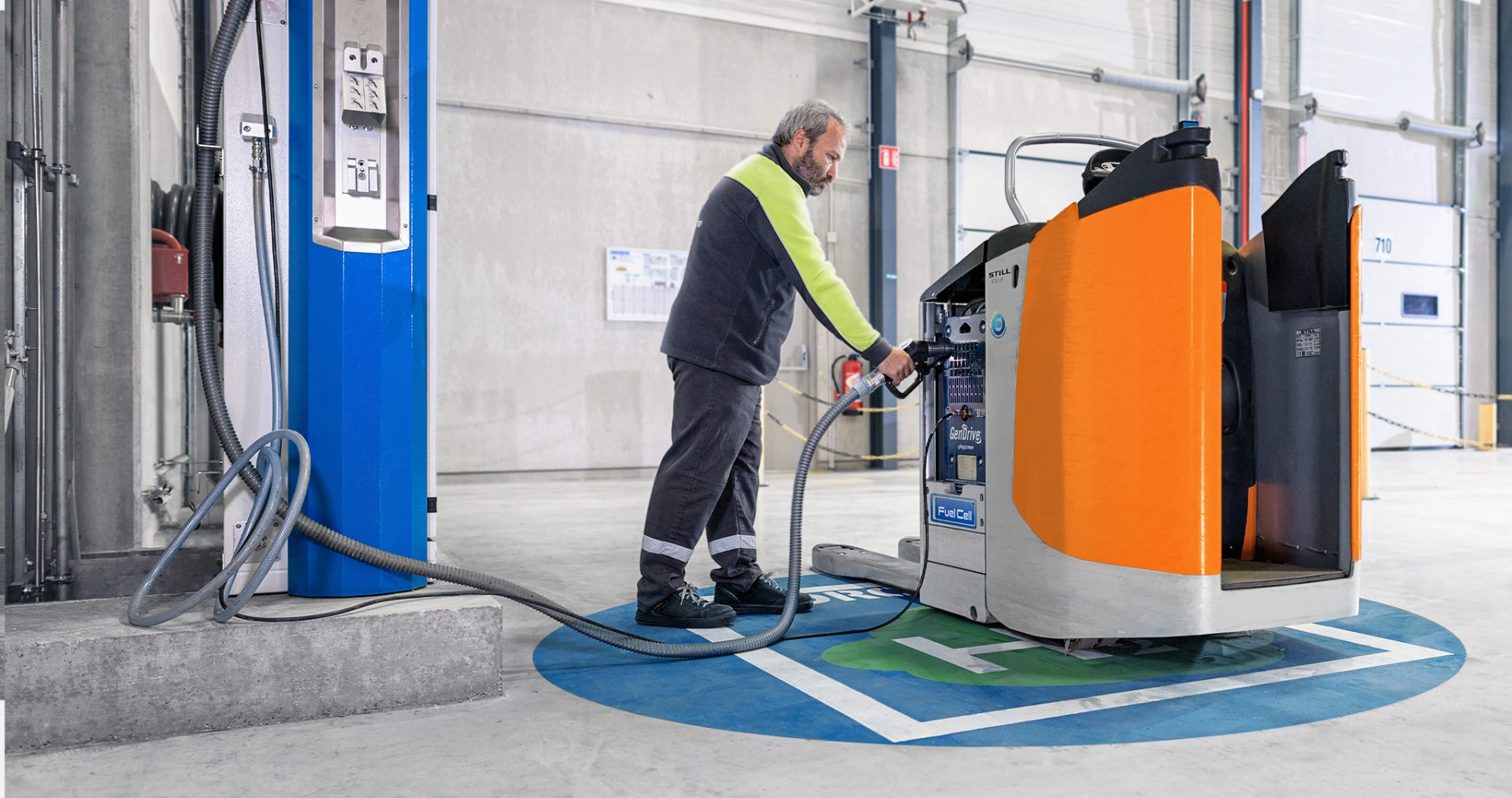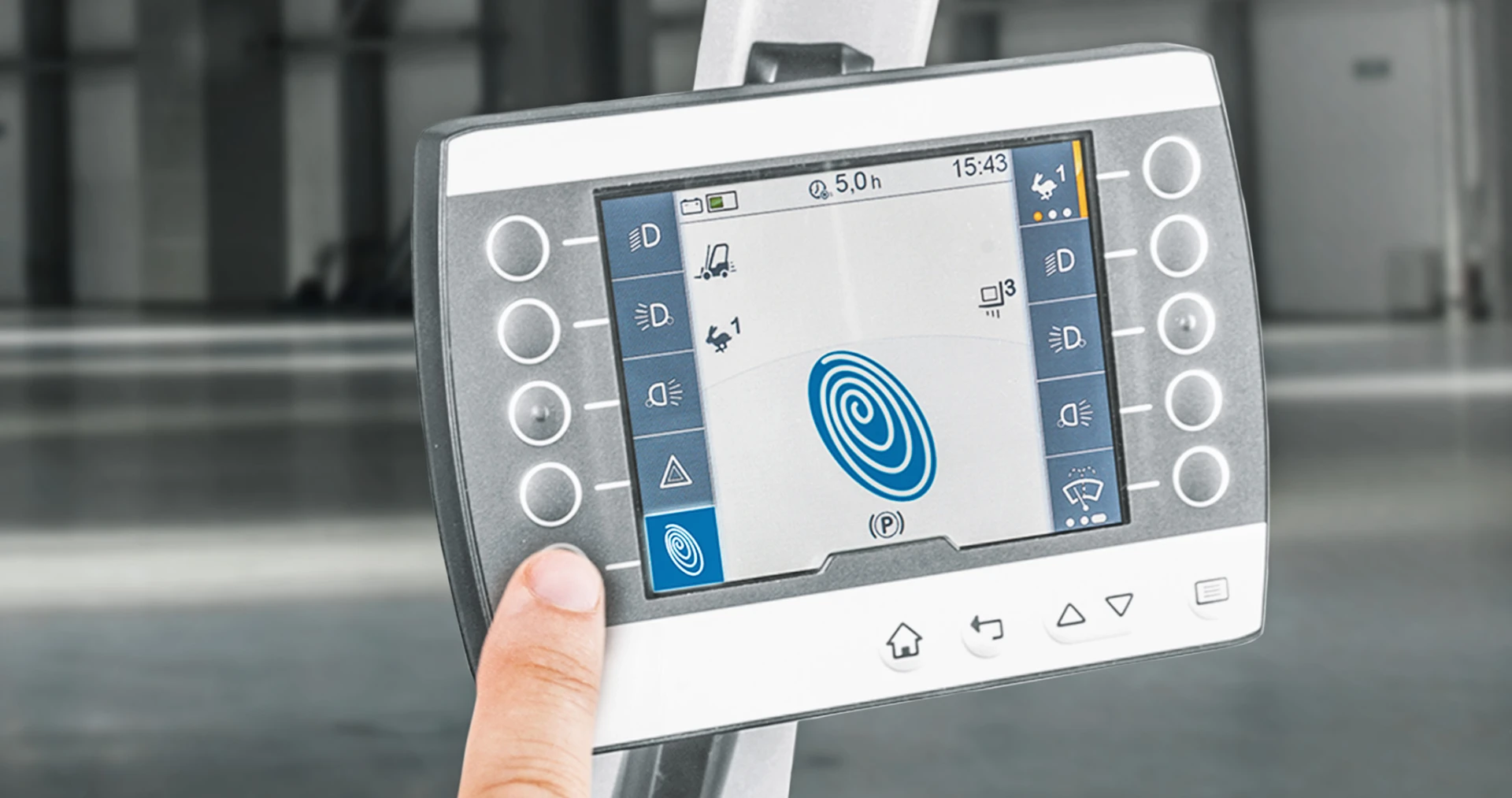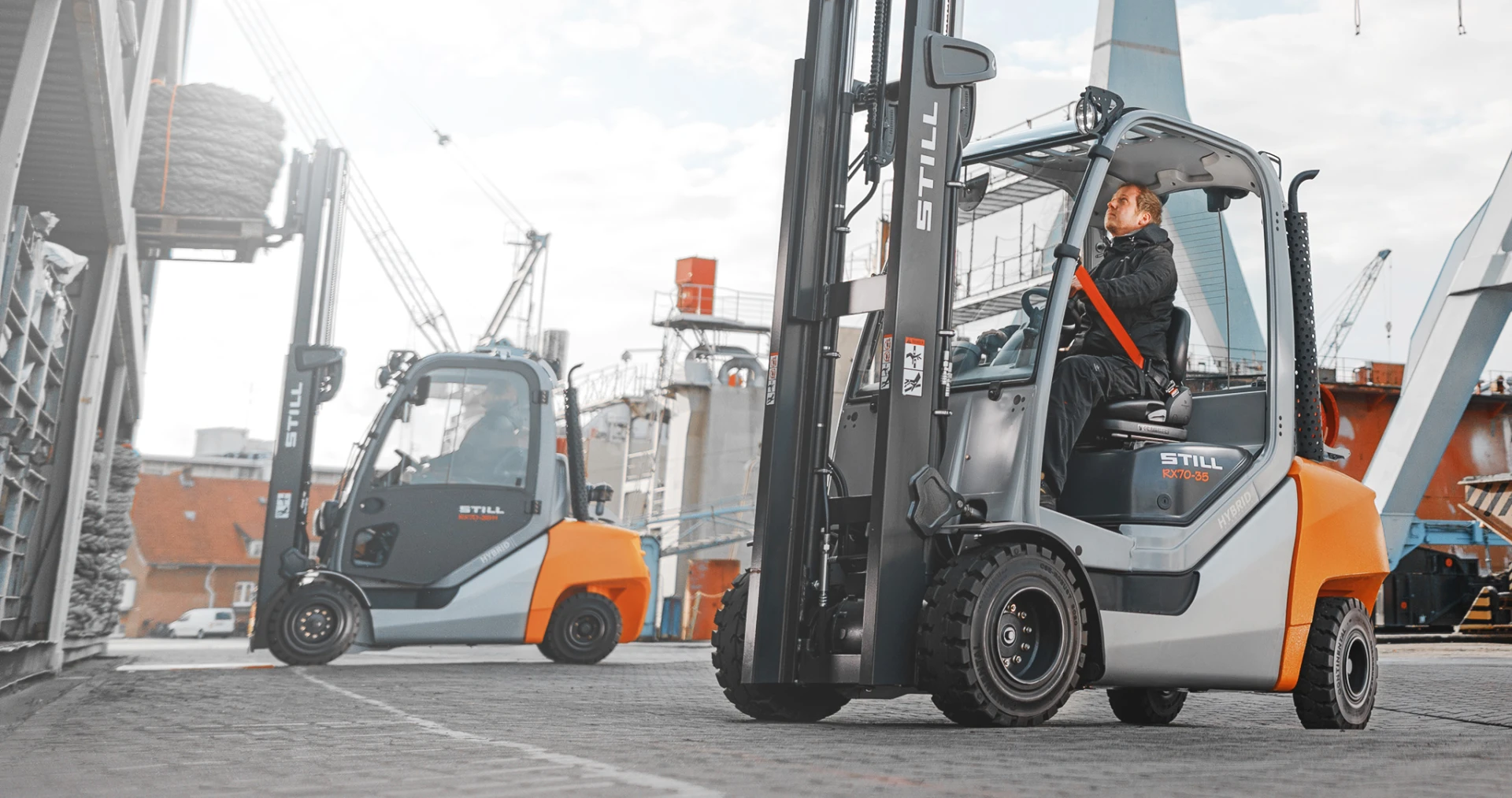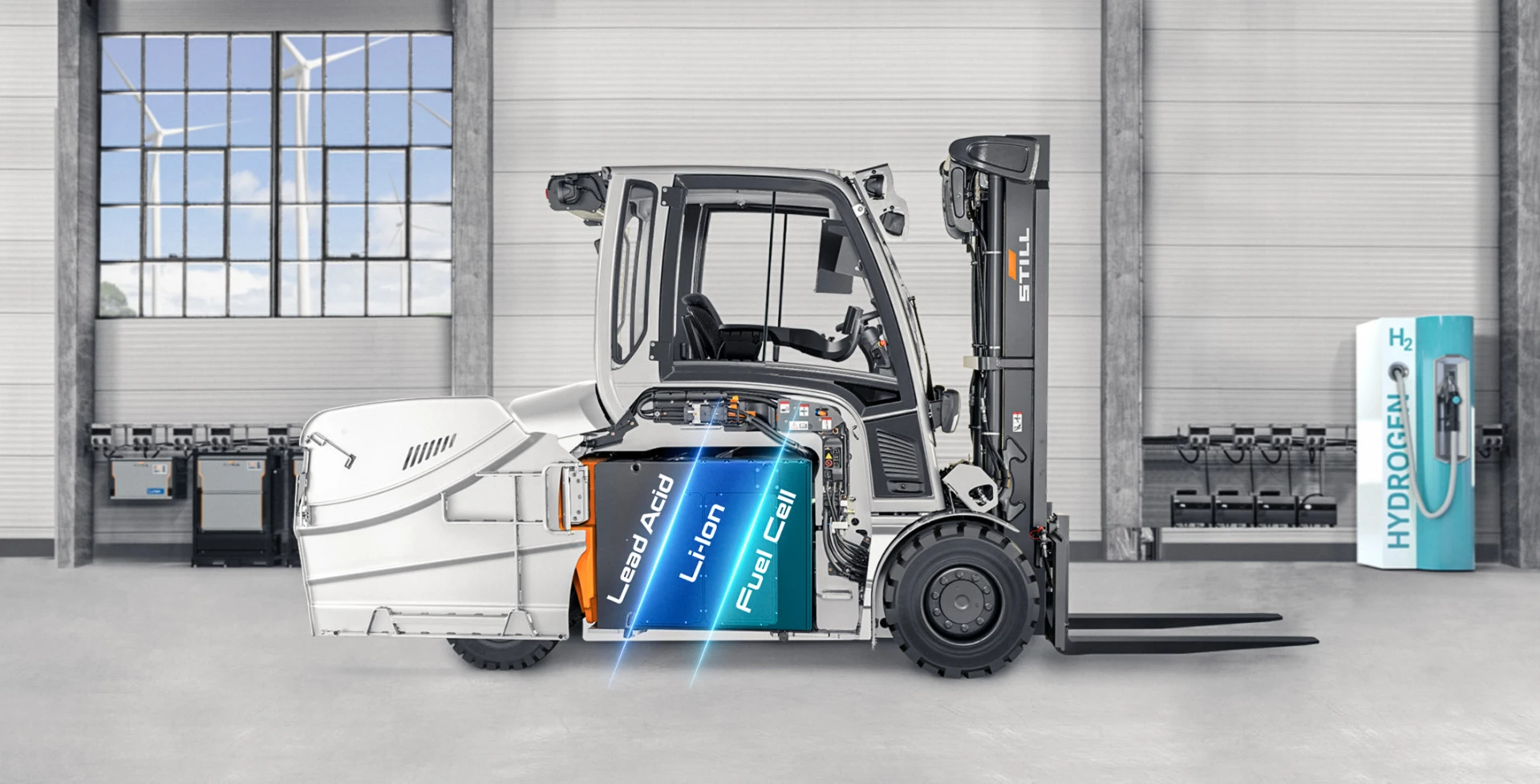
Energy systems for intralogistics
Drive systems in intralogistics
What is the right energy system for my intralogistics?
Energy systems for intralogistics consist of vehicle, energy carrier and energy infrastructure - e.g. forklift + Li-Ion battery + charger / charging station.
The decision for the right energy system is primarily a strategic one. It is about the specific application, the costs, but also about the necessary framework conditions as well as the sustainability and the perspective of working in a climate-neutral way.
The following five criteria can be named for the decision:
- Vehicle availability: How much energy can the energy system provide and for how long?
To what extent is the operational availability of the vehicles limited, e.g. by standstill times due to battery changes, charging processes or maintenance work? - Infrastructure: Each energy system requires a specific infrastructure, e.g. for space for charging stations, storage, maintenance and the effort required to set up the energy supply.
- Investment costs: The costs up to commissioning, e.g. for batteries and setting up the necessary infrastructure.
- Operating costs: Ongoing costs, e.g. for maintenance and repair, but also energy costs and energy consumption.
- Sustainability: What potential does which energy system have, how long can it be used and to what extent can CO2 emissions be completely avoided.
Comparison of drive systems in intralogistics
Vehicle availability
Lead-acid
- approx. 1 coat depending on vehicle type and application
- at higher usage max 5 hours
- 8 hours charging means approx. 6 hours driving
- no intermediate charging > battery change (5-15 min)
- high maintenance
- decreasing performance during operation
Li-Ion
- 1 hour charging means approx. 3 hours driving
- intermediate charging possible
- no maintenance required
- constant power during operation
Fuel cell
- 1 tank filling allows up to approx. 8 hours of use
- no standing/charging times > refuelling in only 2-3 min
- Regular maintenance
- constant performance during operation
Infrastructure
Lead-acid
- Charging stations
- Chargers
- Interchangeable batteries
- Battery changing device
- Water tanks
- Air extraction system
- Considerable space requirement
Li-Ion
- Low requirements
- Charging infrastructure + only 1 battery + onboard charger
- Low space requirements
Fuel cell
- Fuel cell (Battery Replacement Module)
- Filling stations
- Hydrogen storage
- Hydrogen delivery or production (electrolyser)
- Space outside the storage facility can be used
Investment costs
Lead-acid
- Low acquisition costs
Li-Ion
- high acquisition costs, tendency decreasing
- Longer battery life
Fuel cell
- High investment costs (factor 4 to 5 compared to lead-acid batteries)
- Funding possibilities
Operating costs
Lead-acid
- Energy costs
- Maintenance costs
- Battery replacement costs (time)
- Space costs
Li-Ion
- 30 % reduced energy costs
- no maintenance costs
- low space costs
- Intelligent energy management / loading management possible
Fuel cell
- Current high H2 costs (10-12 €/kg hydrogen, as of Sept. 2021) > Especially transport costs
Sustainability
Lead-acid
- Exploited technology
- environmentally harmful substances
- demanding recycling with high energy costs
Li-Ion
- Continuous further development
- Efficiency increase and reduction of acquisition costs to be expected
- Problematic raw materials > new composition in development
- Tried and tested structures
Fuel cell
- Deployable technology, but no established infrastructure yet
- no rare earths
- truly green, through green H2
- Political development still uncertain
Application and conclusion
Lead-acid
Lead-acid batteries are useful for the use of a few vehicles with few working hours.
Overall, this is an established, reliable and well usable energy system.
Li-Ion
The use of Li-Ion batteries is recommended for consistently high and constant energy requirements in multi-shift operation.
In the appropriate application profile, this energy system is best suited for the service life of a Li-Ion battery (10 years).
With STILL Li-Ion technology an upgrade of 30% better energy utilisation can be achieved. This not only protects the environment but also significantly reduces the company's energy costs.
Fuel cell
This energy system is ideally suited for continuous, intensive use in multi-shift operation with more than 1000 operating hours per year.
As the cleanest energy system for driving industrial trucks, the fuel cell is still little established, but is considered a future system for green intralogistics.
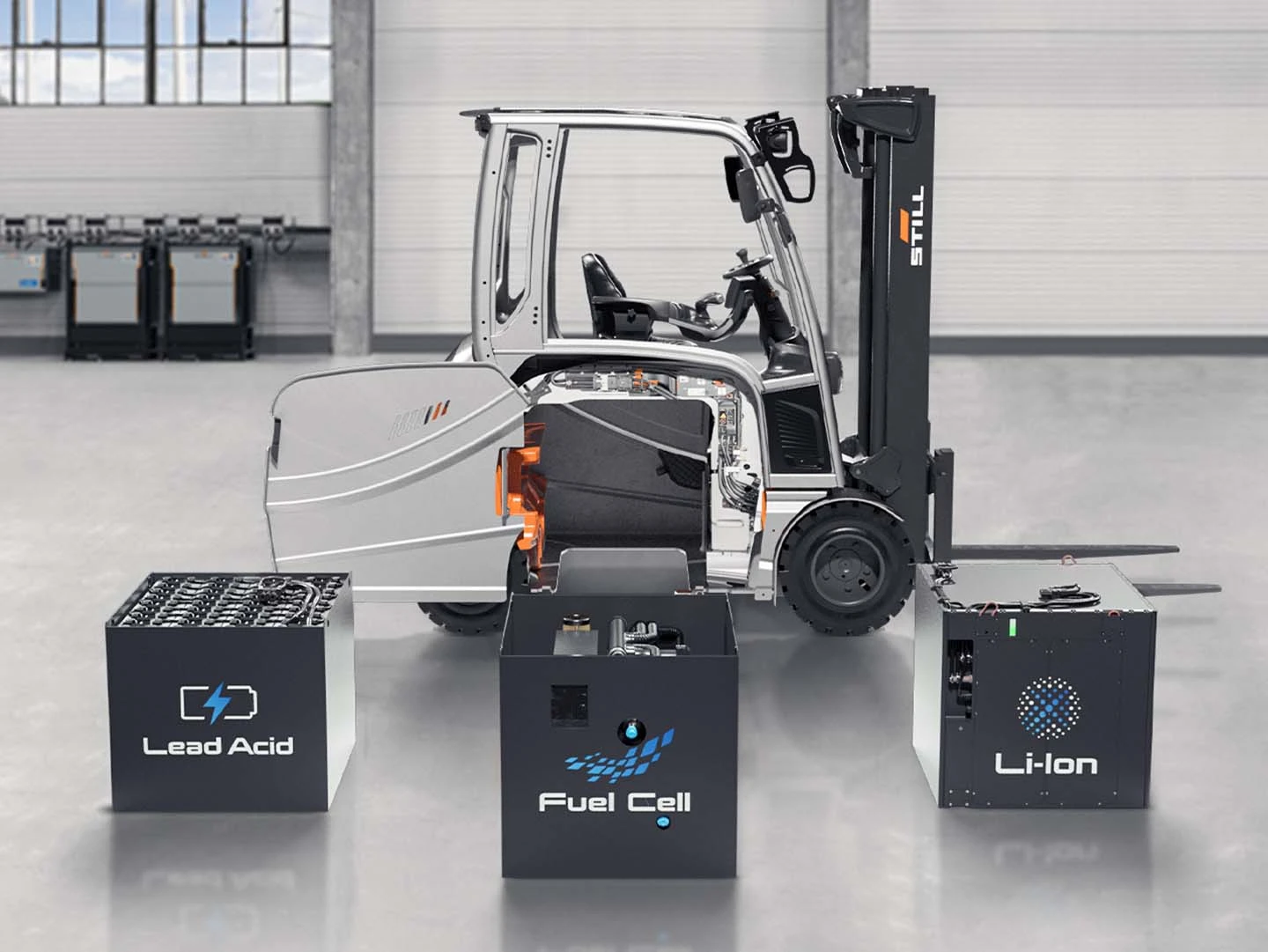
Energy systems in the context of green intralogistics
From the point of view of intralogistics, the aim is to be able to solve transport tasks with the lowest possible consumption of valuable resources - that is, with the best possible use of capital, energy, labour and time.
From an ecological perspective, Europe should be climate-neutral by 2050 at the latest; Germany even wants to achieve this by 2045. This means that CO2 emissions are to be significantly reduced.
In order to achieve this goal, the EU Commission and the federal states are increasingly obliging the economy to make its contribution through laws and regulations, e.g. through the CO2 tax, with emission certificates or even with a ban on combustion engines from 2030 at the latest.
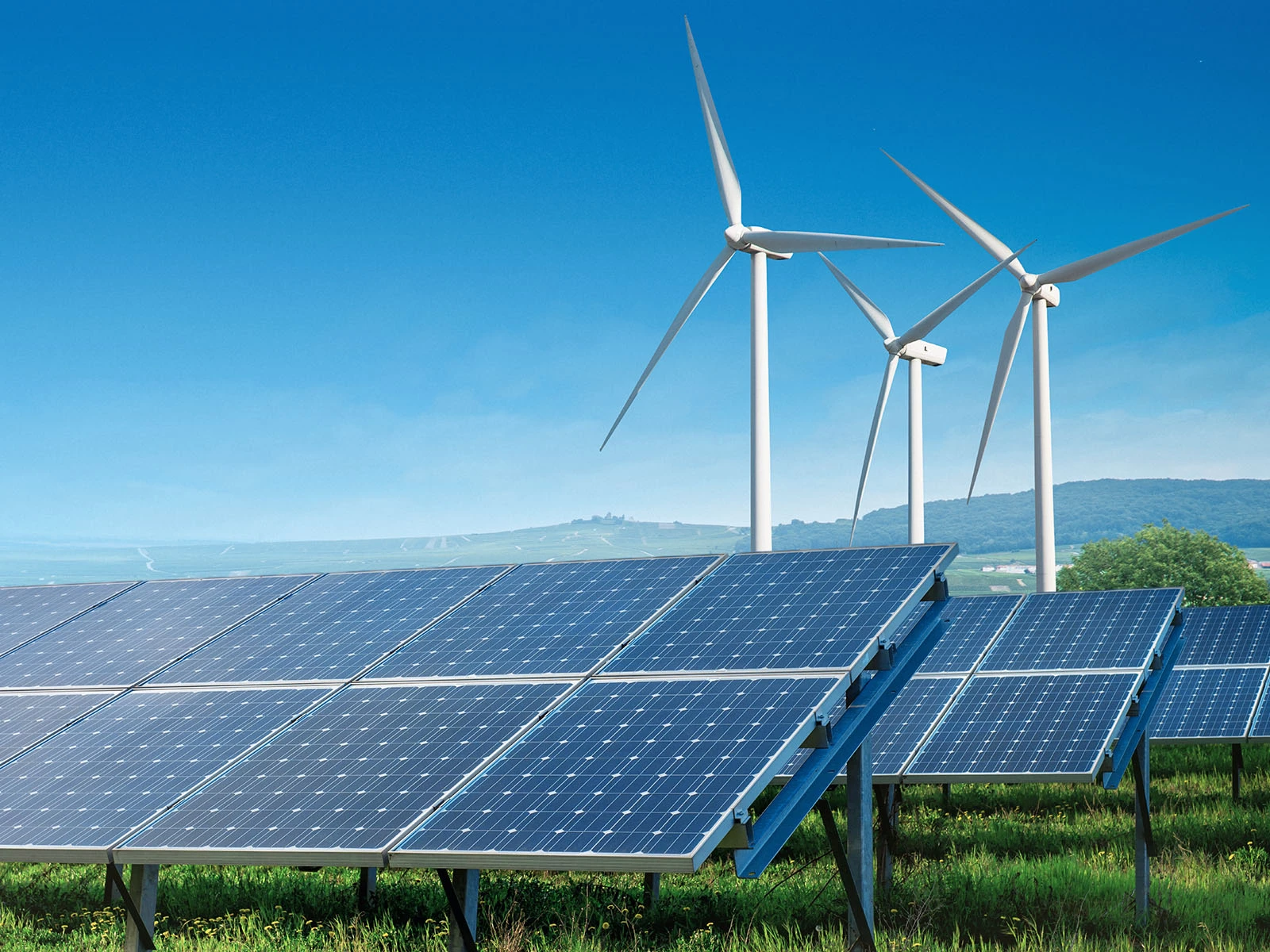
Consumers and partners expect climate neutrality
There is also a growing demand from partners and consumers that supply chains are sustainable and function in a climate-neutral way. Suppliers must provide certificates on the origin of raw materials, production conditions and the carbon footprint. A good ecological balance sheet becomes a competitive advantage.
We are there for you.
Do you have any questions or would you like personal advice?
Then you've come to the right place. Our team of experts will take care of your request - individually and quickly.
Call a consultant
We are there for you – Monday to Friday
Use the contact form
Write to us – we will get back to you

